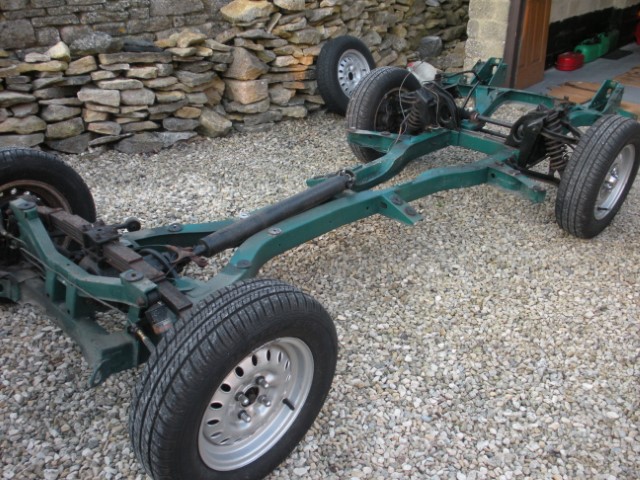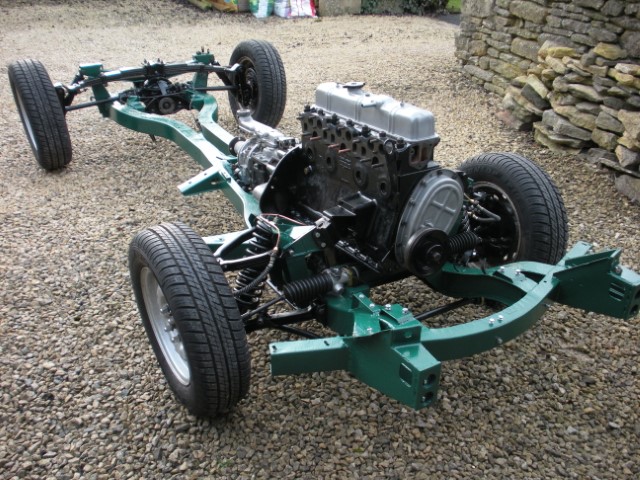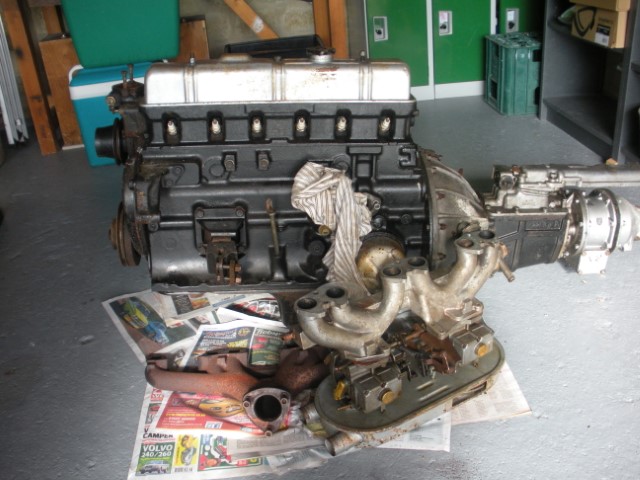There’s currently a bit of a debate about the future of the annual MOT inspection for older cars. Apparently the UK testing regime exceeds EU requirements and as a result there’s a suggestion that cars older than 30 years (vehicles registered prior to 1960 are already exempt) should no longer be subject to the test. Until very recently I was dead against the change and held firmly to the concept that the annual test is a ‘good thing’ in that it guarantees that our classic cars are safe and fit for the road on at least one day a year.
Yesterday’s experience has caused me to wonder whether all testers are as diligent or competent as they might be, and therefore whether the test is as useful an indication of good maintenance as it should be. The story goes like this ……….
Having spent the last six months rebuilding the GT6 I finally arrived at a point this week where I thought it should be tested. Not that I fully expected it to pass – but it seemed to me to be a good way of getting a fully qualified second opinion on whether it was fit for the road. In point of fact there were a couple of points on which I expected it to fail: despite several attempts at bleeding the brakes the travel on the pedal was longer that I liked, and I was convinced that the exhaust was blowing a bit.
I sat nervously during the 90 minutes of the test, reassured that they were doing a thorough job, and sure enough ……….it failed. But not on the points that I’d expected! All that the tester could find to comment on was the security of the fuel line and the need for a brake hose to be moved slightly to avoid fouling a shock absorber. Great, I thought, and booked the car in for a re-test two days hence.
On leaving the garage I’d travelled 150 yards when I noticed that the steering was behaving oddly; another 100 yards and I was convinced that something was seriously wrong and pulled over to the side to check out what might be amiss. Shock, horror – one of the track rod ends was extremely loose and the other had lost its securing nut and completely parted company with the steering arm on the near side vertical link. Had I been travelling at speed or attempted to take a corner in this condition an accident would have been inevitable. A phone call home brought Denise to the rescue with the socket set and some nuts and the problem was quickly solved, after which I was able to drive home thanking my lucky stars that disaster had been averted.
The fact that the track rod ends weren’t secure was obviously my fault – but my point is that the test failed to find the most simple, and potentially dangerous, of faults and was therefore completely worthless. and left me wondering what else they’d missed. One of the arguments for abandoning the test for older vehicles is that most owners of classic cars are enthusiasts and quite possibly know more about how to keep their particular vehicle safe than the majority of MOT testers. So, recognising that we all have a legal responsibility for ensuring that any vehicle we use on the public highway is safe, we should, perhaps, abandon the requirement for an annual MOT check, learn to cope without that particular safety net, and save ourselves £39 in the process!



















